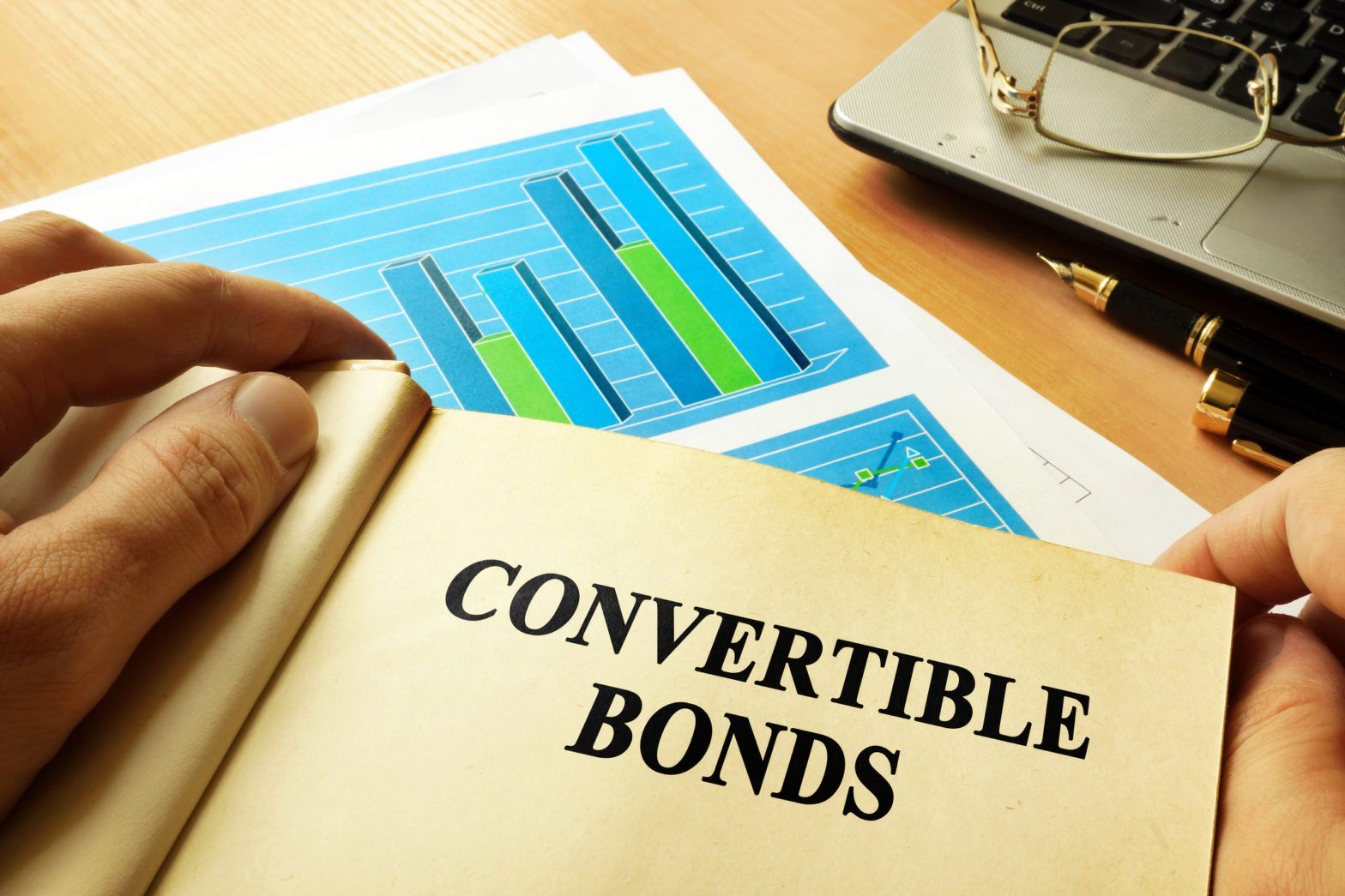Convertible bonds – which have an average duration of 4.2 years – are less sensitive to interest rate rises than traditional corporate bonds and therefore generally perform well during tightening cycles.
Globally, convertible bond issuance dipped a fraction to $93.9bn (€82.6bn) last year from $95.1bn in 2017, according to Refinitiv. But in the US, issuance rose, jumping to $41.1bn (€36.1bn) from $32.2bn.
The US Federal Reserve’s four rate rises last year contributed to this trend, driving up the cost of borrowing in the US and encouraging companies to seek alternative financing options.
However, the US central bank’s decision to hold rates steady in its January meeting suggests a shift in policy. In the face of slowing growth, the European Central Bank (ECB) also looks likely to delay monetary tightening this year.
As a result, the outlook for convertible bonds could also shift, analysts say. “It’s possible that convertible bond issuance in 2019 could be more subdued,” said Zachery Patzik, a fixed income analyst at Morningstar.
“However, historically rates are still pretty low, so it could still be advantageous for companies to tap the convertible market as oppose the traditional corporate bond market.”
The ECB kept rates at zero in 2018 which may have had an impact on convertible bond issuance. In Europe, issuance fell to €10.2bn last year from €19.8bn, according to Refinitiv.
Health and tech
From a financing perspective, convertible bonds can be cheaper to issue than investment-grade corporate bonds.
A traditional corporate bond might offer a 4% yield. This compares with average yield on a convertible bond of around 1%, Patzik said.
“Convertible debt offers a way for companies to get financing but pay a smaller fee from an interest rate perspective because you’re offering a lower yield in exchange for that equity upside,” Patzik said. “That’s the trade-off.”
“Convertible bond issuers tend to be more growth-oriented businesses that rely on the lower interest repayments in exchange for equity in the company to aggressively reinvest in the business to help it grow,” he said.
“In exchange for saving on the interest payments, the company is providing the investor with the opportunity to own some of the company’s stock in the event it does well.”
About half of the Bank of America Merrill Lynch All US Convertibles Index is healthcare and technology companies, Patzik said.
“A large proportion of the convertibles market is healthcare and technology companies because they typically have a higher beta and higher market sensitivity and as a result can be more volatile,” Patzik said.
Prominent convertible bond issuers last year included electric car maker Tesla, social networking service Twitter and media provider Netflix.
Slowdown impact
Pan-European fund selector sentiment towards the asset class softened a little towards the end of last year as markets tanked with many investors adopting a wait and see approach, according to Last Word Research.

The data so far this year suggests convertible bond issuance is weakening.
Globally, convertible bond issuance YTD (until February 22) stood at $10.7bn (€9.4bn) compared to $21.1bn (€18.4bn) during the same period in 2018, according to Refinitiv.
In the US, YTD issuance was $2.8bn (€2.4) compared to $5.9bn (€5.1bn) during the same period last year.
European convertible bond issuance YTD (until February 22) was €1.5bn compared to €2.2bn during the same period in 2018.
“Generally, companies issue debt if they see that there is demand for it because the company itself wants to raise capital in as most efficient a manner as possible,” Patzik continued.
“It’s unclear how the slowdown in rate rises will impact the asset class as a whole,” he added. “But it’s quite possible that the perceived slowdown in rate hikes could postpone some issuance.”







